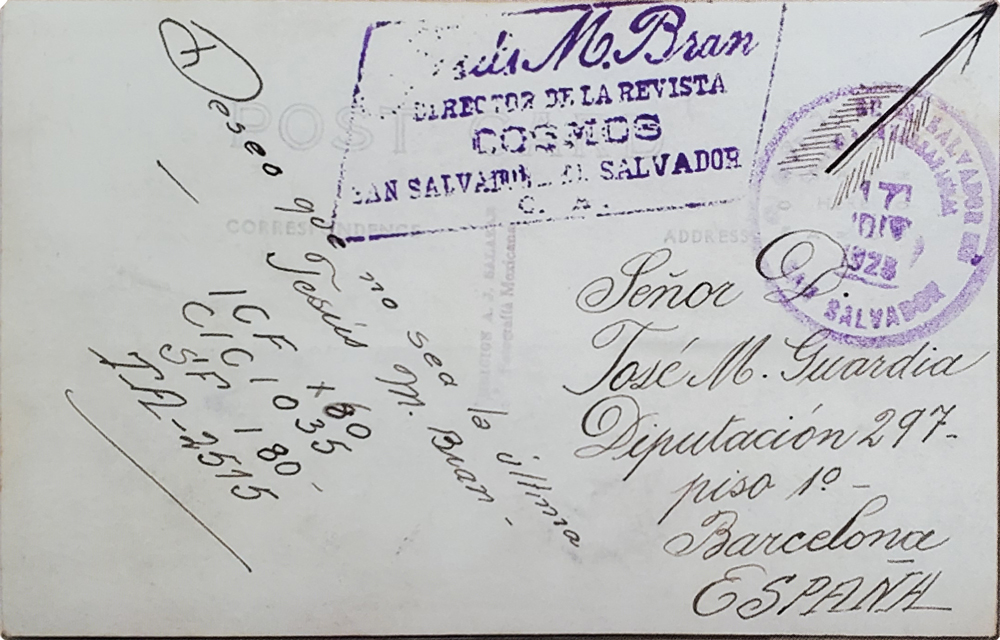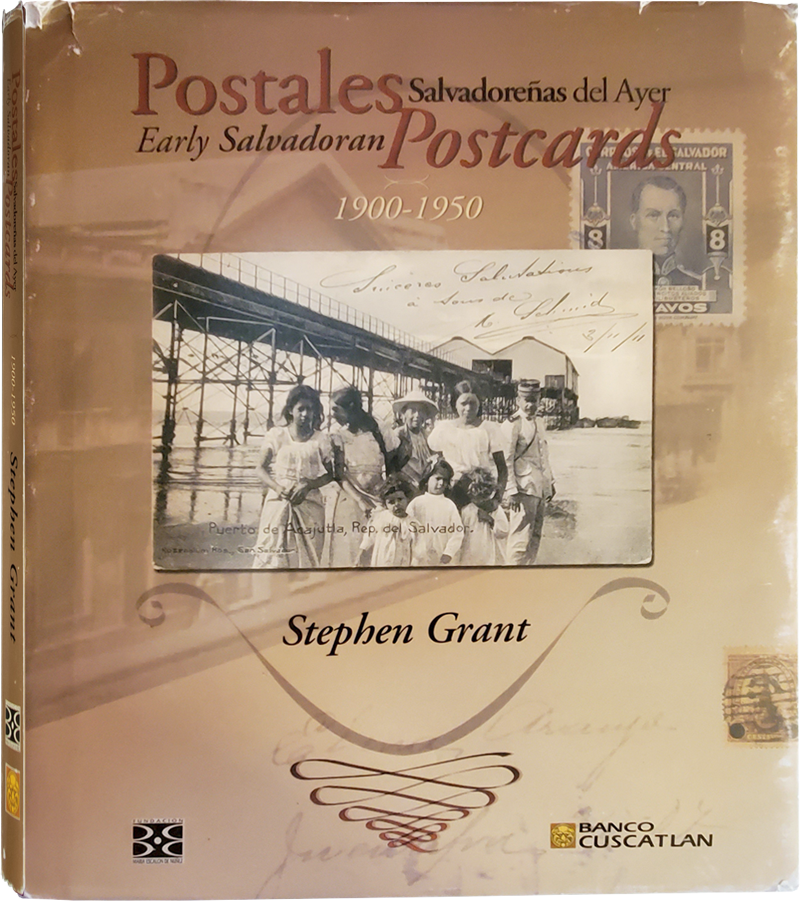What do you do with your postcards?
First, you have to put them somewhere, and also adopt some system to know what you have and where to find it. Postcard collectors vary in their habits of classifying and storing postcards. Most classify them by subject, but some by postcard producer or distributor, whose names are often included on one side of the card.
The shoe box is still a customary way to store postcards. Specialists use albums, very much like photograph albums. Postcard supply shops market album pages which have different size pocket formats, from older to newer postcards, the latter being somewhat larger than the former. Three-or four-ring album binders are popular.
Perhaps some readers have noticed enlargements of postcards framed and displayed in public places, such as restaurants. Decorators of restaurant interiors are more and more recommending old photographs or postcard enlargements to portray how the area where the restaurant is located looked decades ago. The displays frequently evoke curiosity, but probably more clients than not just walk by them. Displays can include the framing behind glass or polyurethane of original postcards, or the photographic enlargement or scanned reproduction of the card.
Features of Old Postcards
Size & color
Postcards on the market today vary in size from the standard 10 x 15 centimeters to 11 x 16.5 centimeters (El Salvador), 12 x 17 centimeters (Indonesia), and a few “maxi” cards, measuring 18 x 24 centimeters (El Salvador). Old postcards around the world, however, generally measure 9 x 14 centimeters, as this was the standard established by the Universal Postal Union in 1878.
Most of the postcards produced in the end of the 19th century and the beginning of the 20th century were black and white. The late teens and 1920s were the period of the sepia colored cards, that is light brown or tan.
Before being reproduced in large numbers, however, many black and white cards were hand painted in color by artists in the employ of the producer or printer. These cards are referred to in this book as “color printed.” Sometimes the photographer or distributor had identified each color to be applied to each part of the black-and-white picture, according to an extensive color palette. The first postcards derived from color photography became available in the early 1930s (but none are represented in this book).
Type
While most picture postcards are produced from photographs, there are also paintings and drawings which were made into postcards.
Since postcards represented a growing means of communication in the late 19th century, businessmen quickly saw their usefulness for advertising. Some postcards contained advertisements on one side or the other. Tourist hotels were one business that took advantage of the presence of tourists under their roofs to produce and sell their own postcards, hoping their guests would turn their correspondents into future guests! In Egypt, the major hotels in Luxor and Aswan received permission from the postal authorities to create and use their own cancellation machines, to the delight of stamp collectors.

Postcard sent from Acajutla to Barcelona, 1906
Era
An “era” is a term that is applied to the history of postcard production, to differentiate the predominant style of postcards printed at a given period. While these categories are not all mutually exclusive, nor restricted to the time periods indicated, they offer a general frame of reference.
1895-1907 Undivided-back Era. The first picture postcards were not designed to send messages! All of one side was the picture, and all of the other was left for the address! There might be room for a signature or a brief word, but the principle point was to send a picture, and as the picture often represented a geographical spot one was visiting from home, the picture itself was the message. Sometimes the picture postcard sent through the mail appeared to say, “Aren’t I lucky traveling to this exotic place, while you are stuck at home?”
1907-1915 Divided-back Era. In 1907, the Universal Postal Union authorized postcard production which included a “divided back,” where by the right side would be devoted to the address, and the left side to the message, instead of the entire side for the address. The dividing line is referred to as the Center Line. The entire other side was saved for the picture. The is the form of postcard that we know today.
This era is also referred to as the Golden Age. Most postcards were produced in Germany, which led the world in lithographic printing.

Postcard sent from San Salvador to Barcelona, 1928
1915-1930 White Border Era. During the period of the First World War, 1914-1918, materials devoted to printing were scarce, and of poor quality. To save ink, many cards were printed with a white border all around. These cards, like all those produced since, were also of the “divided-back” variety.
Many postcards appeared in color, but it was not true color. Black & white photographs were “touched up” by artists, and then reproduced. One such procedure took place around a table, where women, generally, worked with fine paint brushes. Each woman added a different color, and passed the card around. Sometimes the color artists received careful instructions from the photographer of the black & white scene concerning which color shades to apply.
1930-1945 Linen Era. A high rag content paper was used, which one could feel in the texture of the postcard.
1939-present Chrome Era. Chrome or Polychrome postcards were the first true color postcards, from photographs taken with color film. By 1945, most linen postcards and black & white postcards were replaced by “chromes.”
This extract was drawn from the author’s book, Postales Salvadoreñas del Ayer/Early Salvadoran Postcards. San Salvador, El Salvador: Fundación María Escalón de Núñez, 1999, 328 pp. Bilingual edition. ISBN 99923-20-01-1.
Postales Salvadoreñas del Ayer
Early Salvadoran Postcards
Early Salvadoran Postcards is one of the first extensive studies published on the old postcards of a Latin American country. The book was conceptualized, researched, developed, designed, and printed in El Salvador.
The section “Collecting Postcards” is designed to answer the fundamental questions people may have about this hobby or pastime. What is a postcard? Where do you find postcards? How much do postcards cost? What do you do with your postcards? Features of old postcards: size & color, type, era, dating, publication, postage stamps, postal history, and censorship. READ MORE
COMMENTS:
CONNECT


0 Comments